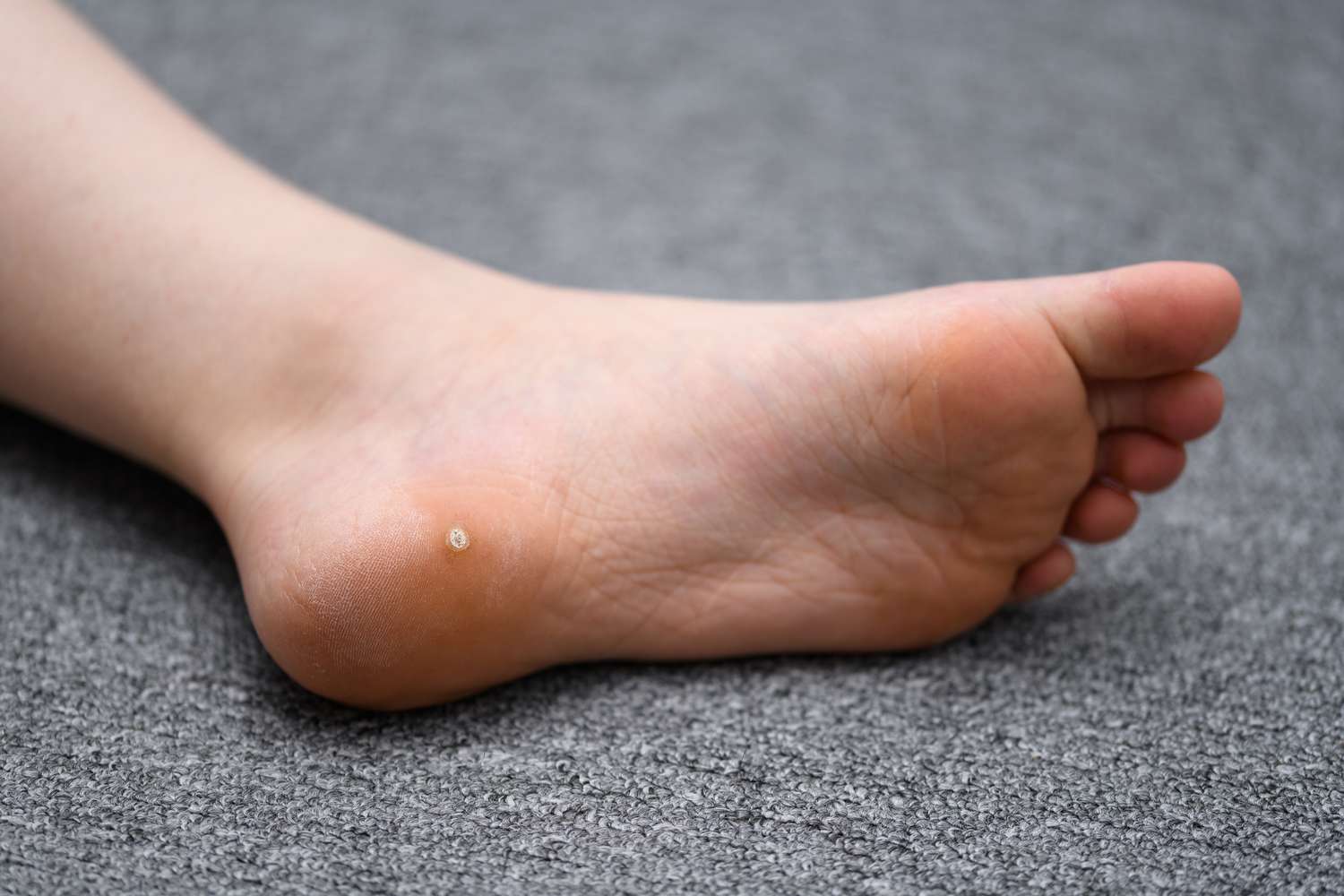Stepping Out in Confidence: Podiatry Solutions for Stubborn Ankle and Foot Warts
Our feet carry us through life, literally. They deserve the utmost care and attention. Podiatry, a specialized field of medicine, focuses on the health and well-being of our feet and ankles. One common concern podiatrists address is warts – those rough, often painful growths on the skin. While warts can appear anywhere on the body, plantar warts, specifically on the soles of the feet, can significantly impact daily activities.
This article sheds light on podiatry and its role in treating foot and ankle warts. By understanding the causes and types of warts, you can make informed decisions about seeking professional help from a podiatrist. Early intervention and proper treatment can ensure swift and effective wart removal, allowing you to walk confidently and comfortably again.
Understanding Warts: Causes and Types on Ankles and Feet
Warts are caused by the human papillomavirus (HPV), which infects the top layer of the skin. There are different types of warts, and the ones affecting the ankles and feet are primarily:
Plantar Warts:
- Location: These warts develop on the soles of the feet, often at pressure points like the heels and balls of the feet.
- Appearance: Plantar warts typically have a rough, thickened surface with tiny black dots in the center, which are blood vessels clotted by the body’s defense mechanisms.
- Symptoms: They can cause pain and discomfort, especially when bearing weight or walking.
Periungual Warts:
- Location: These warts occur around or underneath the toenails, often affecting the nail fold.
- Appearance: Periungual warts can distort the nail and cause pain and inflammation.
- Symptoms: They can make trimming toenails difficult and painful.
Understanding the specific type of wart is crucial for the podiatrist to recommend the most suitable treatment approach.
The Benefits of Early Intervention for Ankle and Foot Warts
Ignoring a wart on your ankle or foot is not advisable. Early intervention offers significant benefits:
- Faster Removal: Early treatment leads to faster and more effective wart removal, minimizing discomfort and disruption to your daily life.
- Prevent Spreading: Warts are contagious, and seeking treatment early can help prevent them from spreading to other parts of your body or infecting others.
- Reduce Pain: Early intervention can minimize pain and discomfort associated with plantar warts, especially when bearing weight.
Podiatry Solutions for Ankle and Foot Warts: Treatment Options
Podiatrists offer a range of treatment options for ankle and foot warts, tailored to the specific type and severity:
Salicylic Acid:
- Application: This topical medication is applied directly to the wart, gradually dissolving the wart tissue layer by layer.
- Effectiveness: Salicylic acid is a readily available over-the-counter option, but it can be a slow and sometimes ineffective method for stubborn warts.
Cryotherapy (Freezing):
- Procedure: Liquid nitrogen is applied to the wart, freezing and destroying the wart tissue.
- Effectiveness: Cryotherapy is a common and effective treatment option, often requiring multiple sessions for complete removal.
Laser Therapy:
- Procedure: A concentrated beam of light vaporizes the wart tissue.
- Effectiveness: Laser therapy offers a more targeted and precise approach compared to other methods, but it might be costlier.
Surgical Excision:
- Procedure: In rare cases, a podiatrist might surgically remove the wart with a scalpel or other tools.
- Effectiveness: Surgical excision is typically used for large or deeply embedded warts and requires proper wound care afterward.


